TikTok Shop Raises Seller Fees Across Europe as Platform Pushes for ‘Content-Driven Commerce’ Expansion
Reading Time: 3 minutesTikTok Shop is raising its sales commission for merchants across five active…
Understanding the necessity behind ordering wigs for dogs with next-day delivery is a tricky deal. But the ability that enables us to do so comes from a rather simple yet interesting story. A story about a man who hated shopping and how he ended up becoming the father of eCommerce. Let’s learn about eCommerce and how it came into existence.
In the late 1970s, Michael Aldrich came up with the idea of teleshopping out of his hatred for shopping at the supermarket. He proposed that a domestic TV set could be used to order products and five years later his invention helped a 72-year-old grandmother with a broken hip shop from the comfort of her home.
Three decades later, electronic shopping, which was a mere concept, has transformed into an evolving landscape. With the constant changes in the dynamics of the shopping experience and the rapidly growing necessities of customers, who would have thought that ordering wigs for dogs would be an effortless task?
In this blog post, we’ll cover the A to Z of eCommerce, rising trends, and the significance of selling across multiple channels.
Table of contents:
While making eCommerce purchases is like second nature to us now, let’s explore what it means and how it came into existence.
eCommerce refers to the application of digital technology in business transactions. It involves data exchange for forging customer relationships and providing value. This utilization of electronic communications and digital information processing technology plays a pivotal role in shaping modern commerce.
In simple terms, eCommerce is the act of buying and selling products and services on the Internet. Therefore, the history of online shopping is also closely knitted to that of the Internet. From the development of CompuServe for facilitating internet facilities to the inclusion of AI in eCommerce, the retail and eCommerce landscape has undergone some major tectonic shifts.
Fun fact: The global revenue of the eCommerce industry is projected to be more than 5.02 billion USD, that’s a lot of money right there! In today’s economy, building an online store on an eCommerce platform is a great way to start your eCommerce business. But where should you start? The first step is to identify the type of business you aim to build. Here’s a breakdown of the types of eCommerce businesses:
eCommerce has globally transformed business dynamics, breaking geographical barriers and enabling market expansion. With a shift in consumer behavior towards online shopping, diverse market opportunities, a plethora of job opportunities, and the scale of small businesses has surged. Post-pandemic what was predicted to be a curveball in eCommerce sales by the economists was, in reality, a home run! The 2023 festive season recorded more than 200 million customers shopping within five days. And the numbers don’t just stop here, as per Insider Intelligence, global eCommerce sales are expected to grow more than $6.33 trillion in 2024. It is evident that with more technological innovations, including AI and blockchain, the growth of the eCommerce industry isn’t coming to a halt anytime soon.
Also read: Learn About eCommerce Post-Holiday Season Sales And Strategies
A study by Gartner revealed how brands that practice multichannel sales emerging trends experience more than a 35% increase in customer satisfaction, 25% cross-channel consistency, and a 20% boost in overall sales revenue. But these statistics are just the tip of the iceberg, as with the constant evolution of the shopping experience, selling across multiple channels is a must strategy for online businesses.
With the rise in popularity of multichannel sales strategy in eCommerce, sellers must manage selling across different channels effectively. Learning about eCommerce integration technology and its uses can help sellers streamline and manage their store functions across different channels easily.
eCommerce integration involves gathering, sharing, and synchronizing data between your company’s eCommerce data management system and various backend channels, including accounting, inventory, sales, ERP, CRM, and marketing.
Also read: Top global eCommerce marketplaces to sell on
As estimated by Statista, the user penetration rate in eCommerce practices is predicted to see an increase of more than 1.7 billion users. With such technological developments and evolving trends for a better shopping experience, eCommerce is undergoing rapid mutation towards growth. It feels surreal to see how within only three decades, eCommerce has become an amalgamation of technology, sustainability, and highly effective customer-driven strategies.
But with so many rising trends like omnichannel, social commerce, etc. in eCommerce. Along with the versatility of shoppers with different demands, how can you strategize and grow your online business? CedCommerce offers top-notch integration solutions and services to help you take control of your store functions. Not just that, CedCommerce experts can also help you take your business strategies to the next level while figuring out the most important question in the eCommerce landscape – What do the shoppers want next?

Reading Time: 3 minutesTikTok Shop is raising its sales commission for merchants across five active…

Reading Time: 11 minutesBy now you have seen your BFCM 2025 numbers. The harder question…
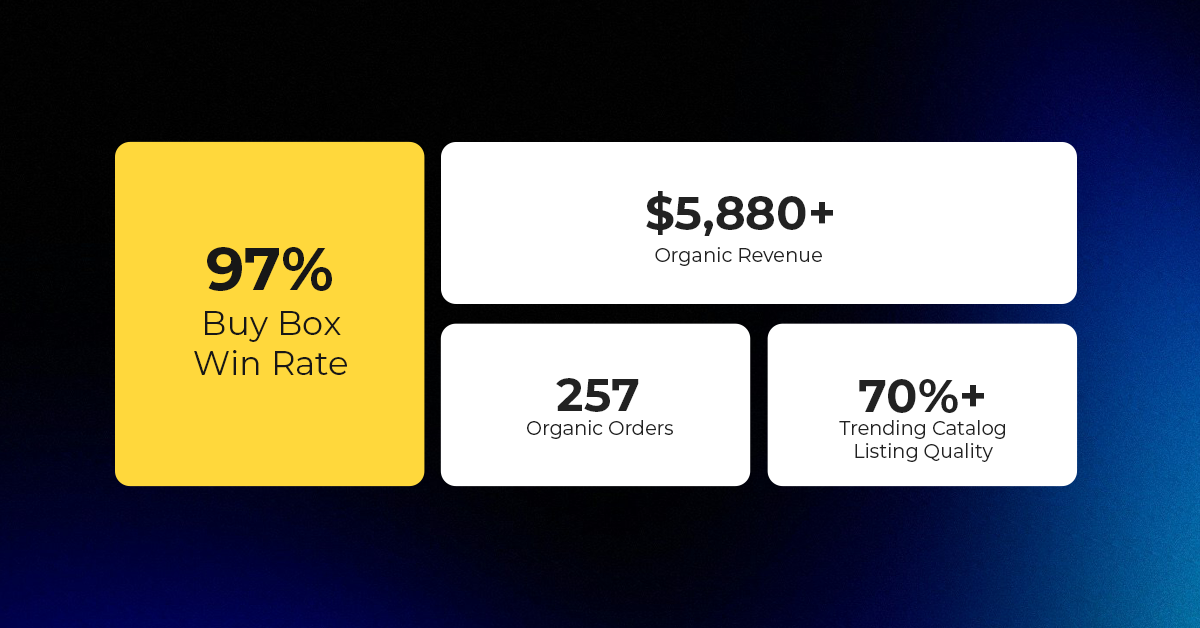
Reading Time: 3 minutesAbout the Brand Name: Vanity Slabs Inc Industry: Trading Slabs- Vanity Slabs…
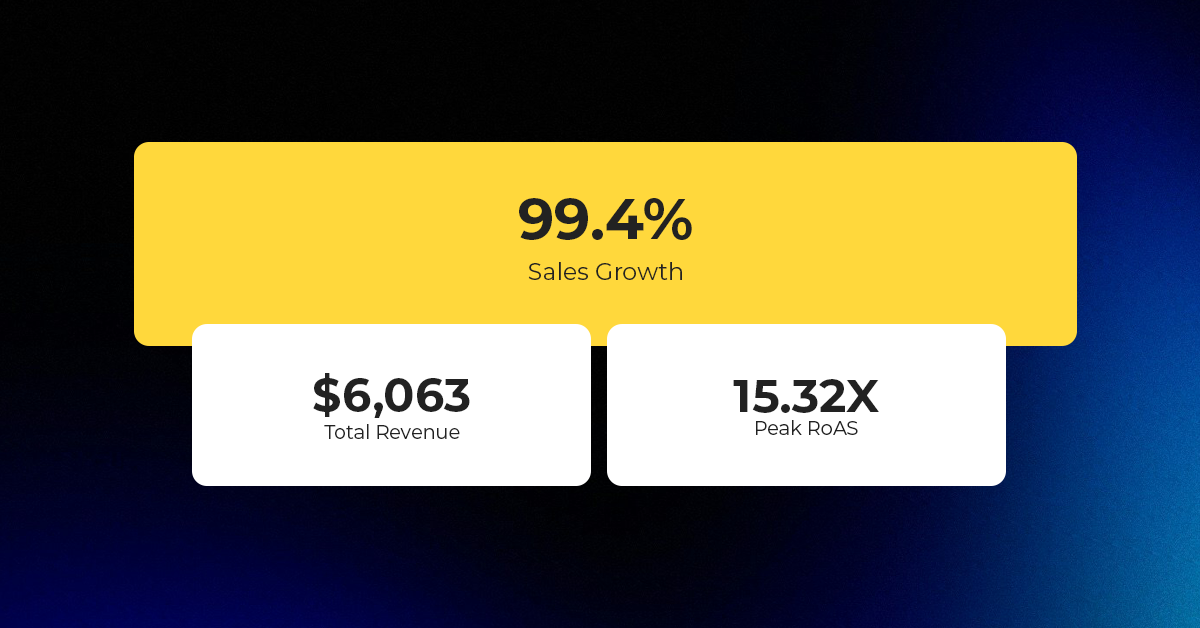
Reading Time: 2 minutesAbout the Brand Name: Ramjet.com Industry: Automotive Parts & Accessories Location: United…
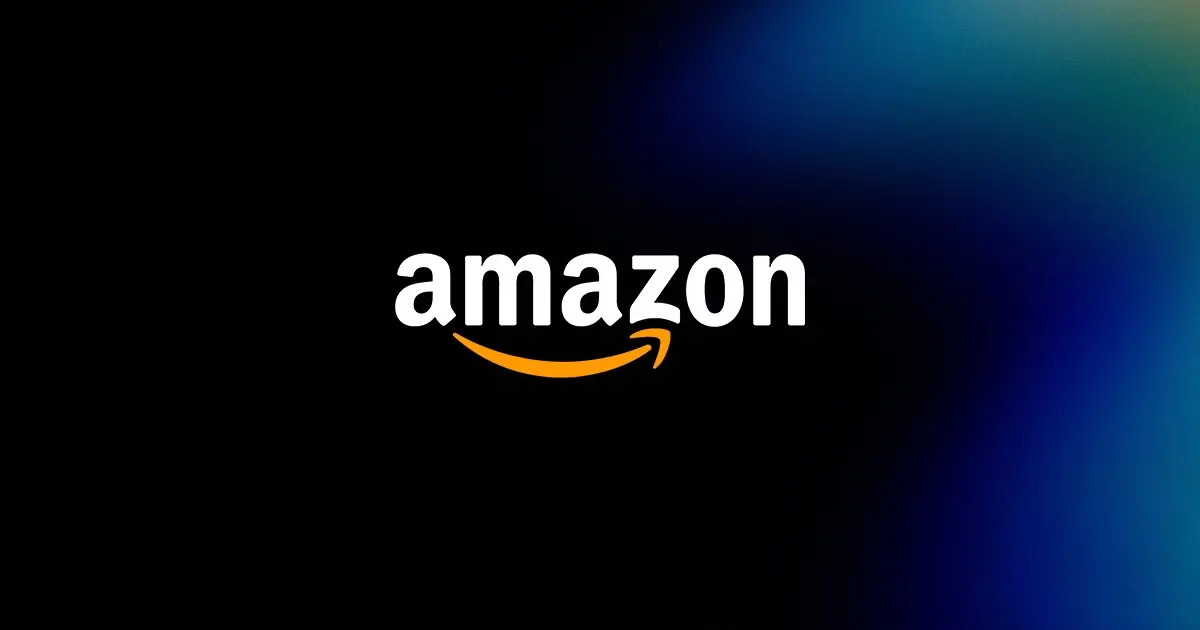
Reading Time: 2 minutesAmazon is rolling out strategic referral fee reductions across five major European…
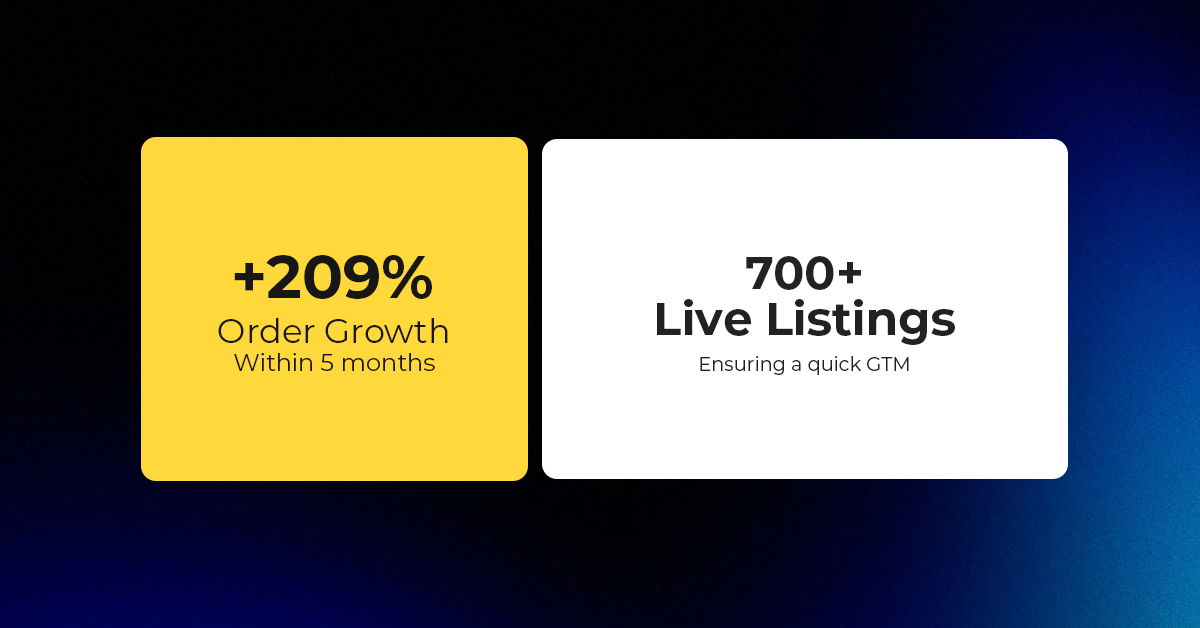
Reading Time: 4 minutesQuick Summary: Scaling Lifestyle Powersports on eBay with CedCommerce Challenge: Zero marketplace…

Reading Time: 4 minutesTikTok has surpassed 460 million users across Southeast Asia, reinforcing its position…

Reading Time: 3 minuteseBay has released its final seller news update for 2025, with a…

Reading Time: 3 minutesAmazon has clarified its stance regarding speculation around a potential breakup between…
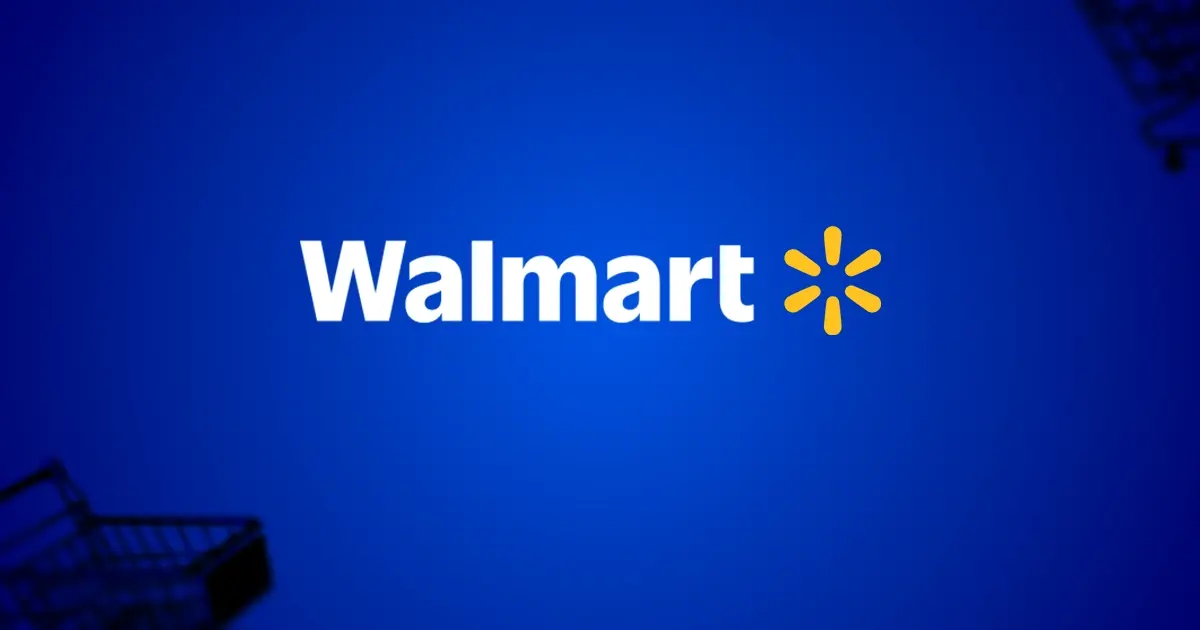
Reading Time: 4 minutesWalmart is accelerating its push into next-generation fulfillment by expanding its drone…

Reading Time: 4 minutesFaire, the fast-growing wholesale marketplace connecting independent retailers with emerging brands, has…

Reading Time: 4 minutesB2B buying in the United States is undergoing a fundamental behavioral shift…
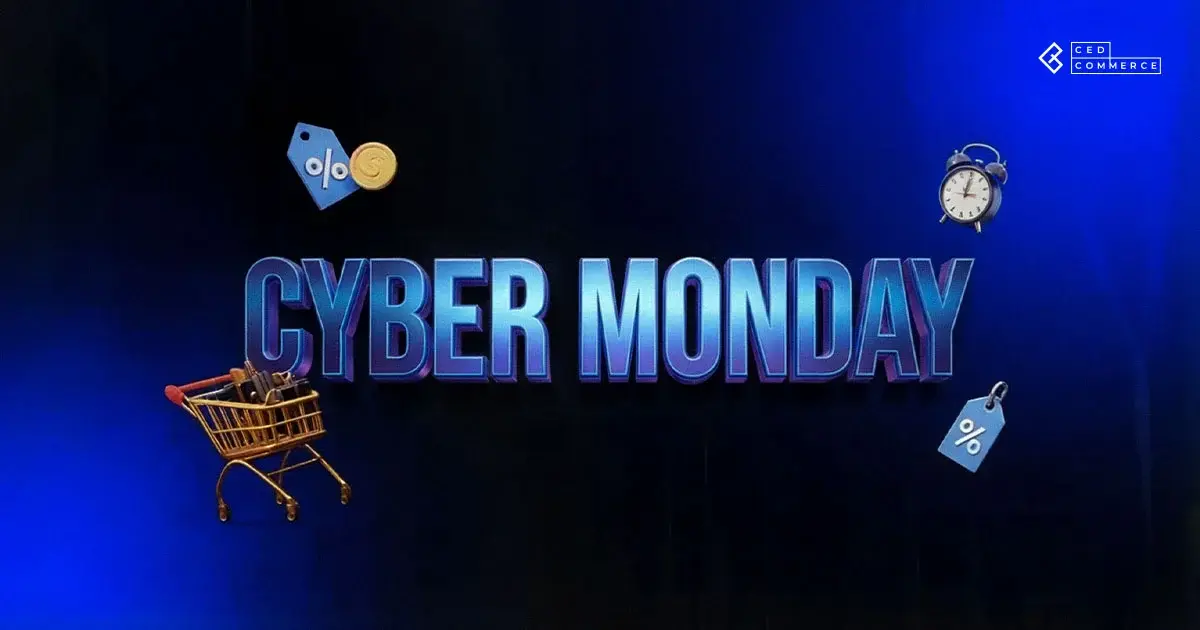
Reading Time: 3 minutesSummary Cyber Monday 2025 has officially become the largest online shopping day…

Reading Time: 2 minutesSummary Amazon kicked off December with two major developments shaping the future…

Reading Time: 2 minutesSummary Walmart has entered December with two major moves that signal a…
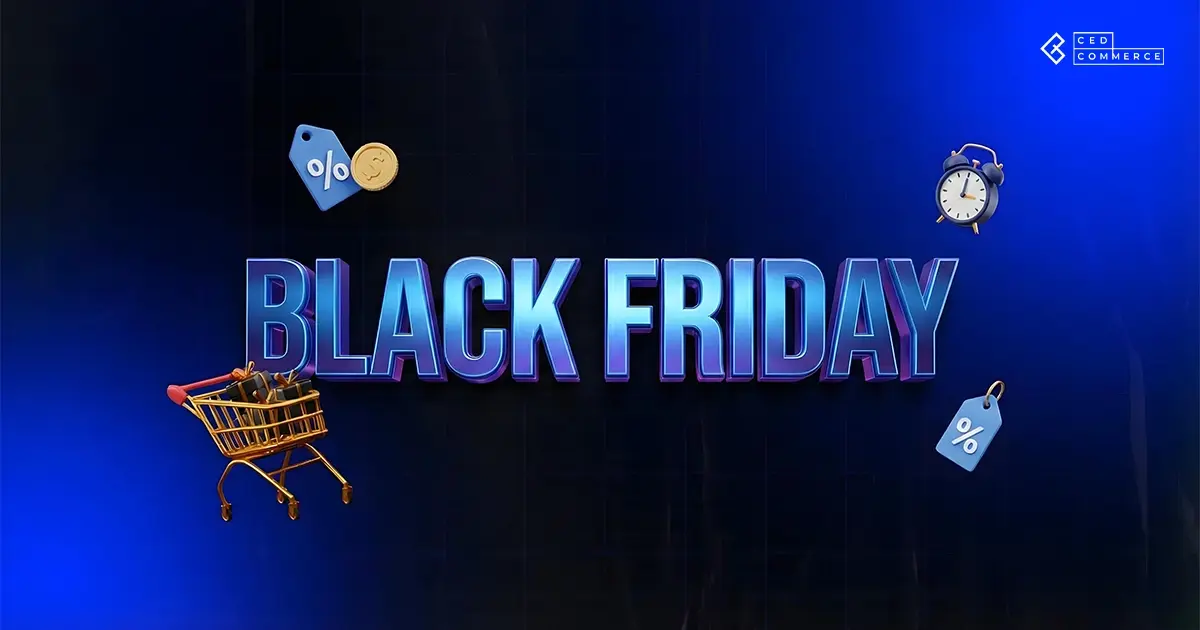
Reading Time: 2 minutesBlack Friday 2025 delivered the strongest U.S. eCommerce performance in history, as…
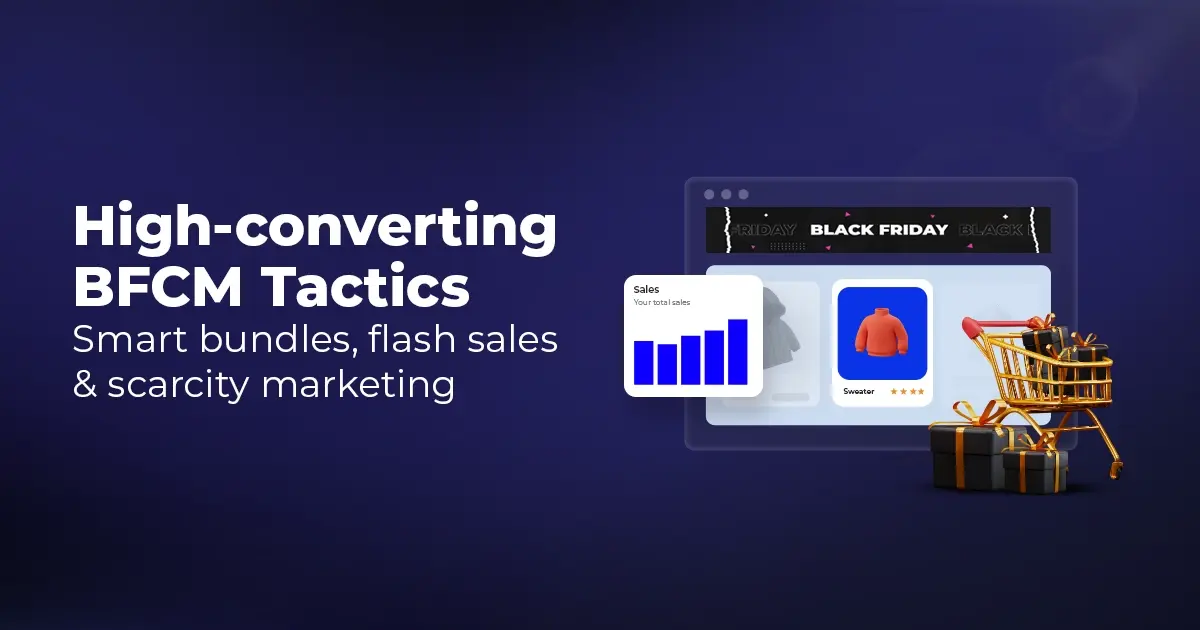
Reading Time: 13 minutesStill approaching BFCM with generic discounts, last-minute price cuts, or scattered promotions?…

Reading Time: 3 minutesTikTok Shop reached a major milestone during its largest U.S. “Global Black…

Reading Time: 3 minutesOpenAI has announced a new AI-powered shopping research tool designed to help…
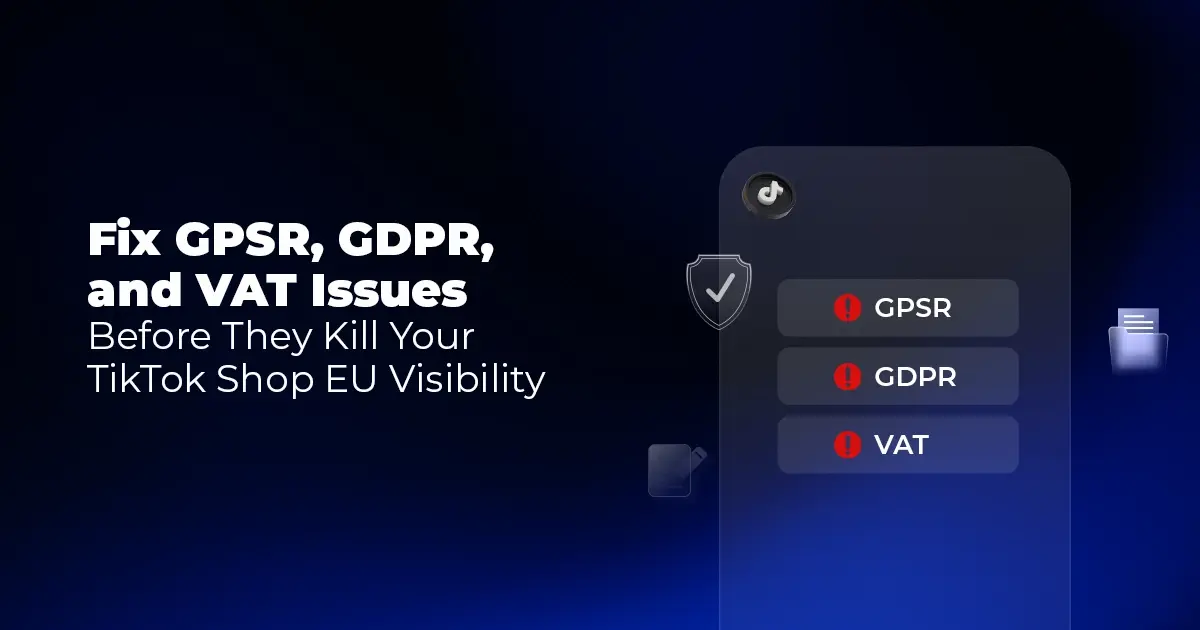
Reading Time: 9 minutesIf your TikTok Shop listings often sit in review or your visibility…